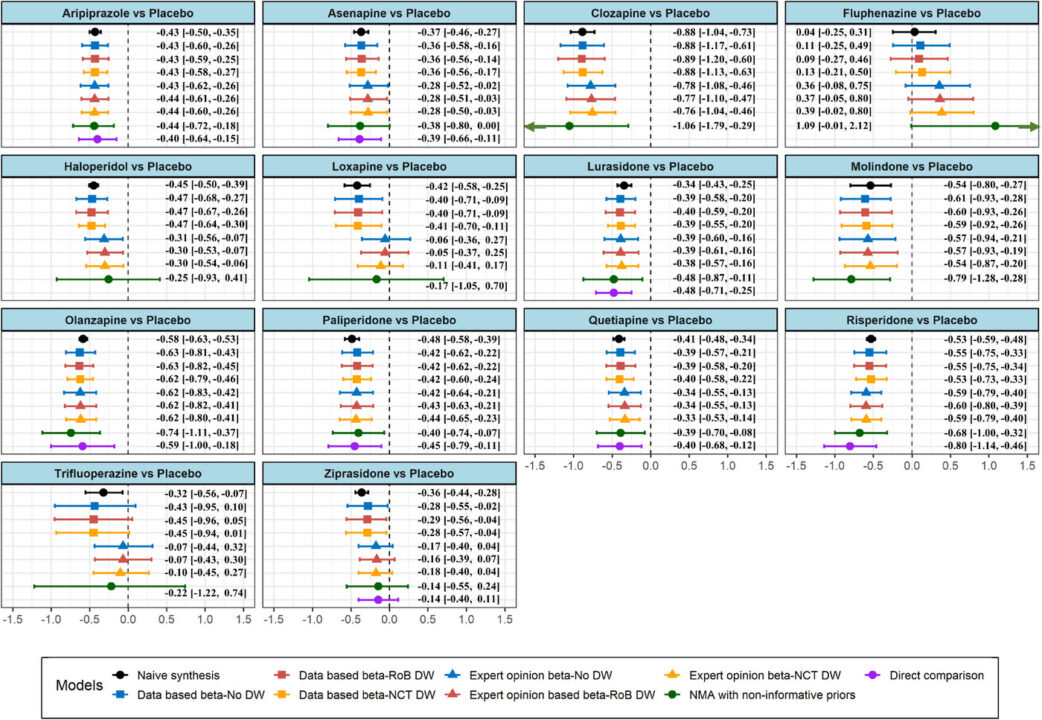
Sharing information across patient subgroups to draw conlcusions from sparse treatment networks
Network meta-analysis has already been established during the past decade as a standard tool for comparative effectiveness research and health technology assessment. NMA extends the traditional pairwise meta-analysis by allowing the comparison between any number of different competing treatments, even when these have never been compared head-to-head in an individual study. Compared to alternative evidence-synthesis methods NMA usually provides estimates of the relative effects with the highest possible precision. However, sparse networks with few available studies and limited direct evidence can arise, threatening the robustness and reliability of NMA estimates. In these cases, the limited amount of available information can hamper the formal evaluation of the underlying NMA assumptions of transitivity and consistency.
In addition, NMA estimates from sparse networks are expected to be imprecise and possibly biased as they rely on large-sample approximations that are invalid in the absence of sufficient data. We propose a Bayesian framework that allows sharing of information between two networks that pertain to different population subgroups. Specifically, we use the results from a subgroup with a lot of direct evidence (a dense network) to construct informative priors for the relative effects in the target subgroup (a sparse network). This is a two-stage approach where at the first stage, we extrapolate the results of the dense network to those expected from the sparse network. This takes place by using a modified hierarchical NMA model where we add a location parameter that shifts the distribution of the relative effects to make them applicable to the target population.
At the second stage, these extrapolated results are used as prior information for the sparse network. We illustrate our approach through a motivating example of psychiatric patients. Specifically, we applied our framework and performed a NMA to compare the effectiveness of 14 antipsychotics for the population of children and adolescents (CA) for which the original evidence base was very sparse. To fit the proposed method at first we extrapolated the results from the more informative and dense network which targets general patients (GP), defined as chronic patients with an acute exacerbation of positive symptoms. More specifically, at the first-stage, we used the modified NMA model to the GP network and we extrapolated the results to those expected from the respective CA network. To properly reflect the expectations about the connection in the treatment effects between the GP and CA networks we used both information based on existing literature and information arising from expert opinion. To this end, we integrated in modelling process of the modified NMA model information arising from the opinions of 22 expert psychiatrics who work for several years in the field of schizophrenia across several countries.
Based on the results of the modified model we constructed suitable informative prior distributions which at the second-stage were utilized in a distinct NMA model, fitted only in terms of the target CA data. Our, approach results in more precise and robust estimates of the relative effects and can adequately inform clinical practice in presence of sparse networks.
https://onlinelibrary.wiley.com/doi/epdf/10.1002/bimj.202200316
By Theodoros Evrenoglou, supervised by Anna Chaimani